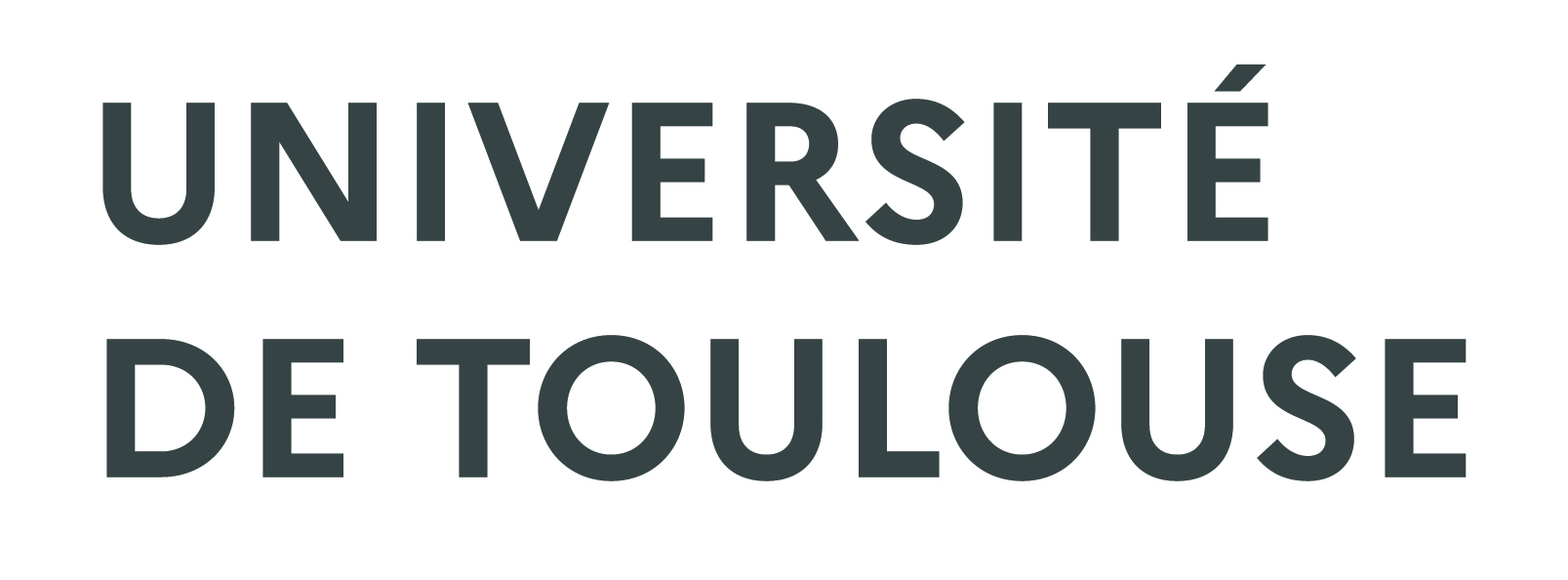CCR6− regulatory T cells blunt the restoration of gut Th17 cells along the CCR6–CCL20 axis in treated HIV-1-infected individuals
Résumé
The gut CD4(+) T cells, particularly the T helper type 17 (Th17) subset, are not completely restored in most HIV-1-infected individuals despite combined antiretroviral therapy, when initiated at the chronic phase of infection. We show here that the CCR6-CCL20 chemotactic axis is altered, with reduced CCL20 production by small intestine epithelial cells in treated HIV-1-infected individuals. This leads to impaired CCR6(+)CD4(+) T-cell homing, particularly Th17 cells, to the small intestine mucosa. In contrast, the frequency of gut FoxP3(+) T regulatory (Treg) cells, specifically the CCR6(-) subset, was increased. The resulting imbalance in the Th17/CCR6(-) Treg ratio and the associated shift from interleukin (IL)-17 to IL-10 and transforming growth factor-β (TGF-β) blunts CCL20 production by enterocytes, perpetuating a negative feedback for the recruitment of CCR6(+)CD4(+) T cells to the small intestine in treated HIV-1-infected individuals.

